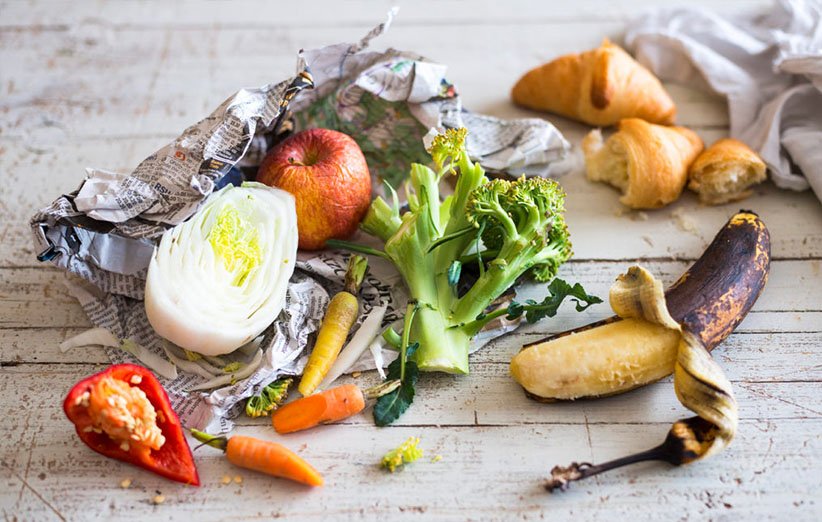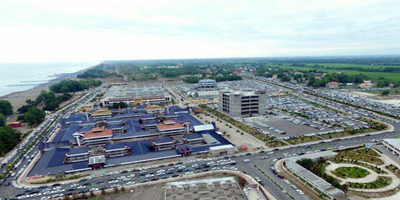Reducing food loss, waste ensures food-secure world
The International Day of Awareness on Food Loss and Waste Reduction is observed annually on September 29; it calls on everyone to reduce food loss and waste to ensure a food-secure world, where current and future populations have access to sufficient, nutritious food.
In a world where one in eleven people goes hungry while tons of food are lost or wasted every day, it is time to end this troubling paradox. Reducing food loss and waste is crucial, particularly as the global population continues to grow. Globally, around 13.2 percent of food produced is lost between harvest and retail, while an estimated 19 percent of total global food production is wasted in households, in the food service, and in retail. Food loss and waste undermine the sustainability of our food systems.
When food is lost or wasted, all the resources that were used to produce this food – including water, land, energy, labour, and capital – go to waste. In addition, the disposal of food loss and waste in landfills leads to greenhouse gas emissions, contributing to climate change. Food loss and waste can also negatively impact food security and food availability, and contribute to increasing the cost of food.
The food systems cannot be resilient if they are not sustainable, hence the need to focus on the adoption of integrated approaches designed to reduce food loss and waste. Actions are required globally and locally to maximize the use of the food we produce.
The introduction of technologies, innovative solutions (including e-commerce platforms for marketing, retractable mobile food processing systems), new ways of working, and good practices to manage food quality and reduce food loss and waste are key to implementing this transformative change. ecreasing food loss and waste is, in fact, enshrined in the United Nations Sustainable Development Goals (SDGs) – within SDG 12, which seeks to ensure sustainable consumption and production patterns.
Target 12.3 aims to “halve per capita global food waste at the retail and consumer levels and reduce food losses along production and supply chains” by 2030.





ارسال دیدگاه
مجموع دیدگاهها : 0در انتظار بررسی : 0انتشار یافته : ۰